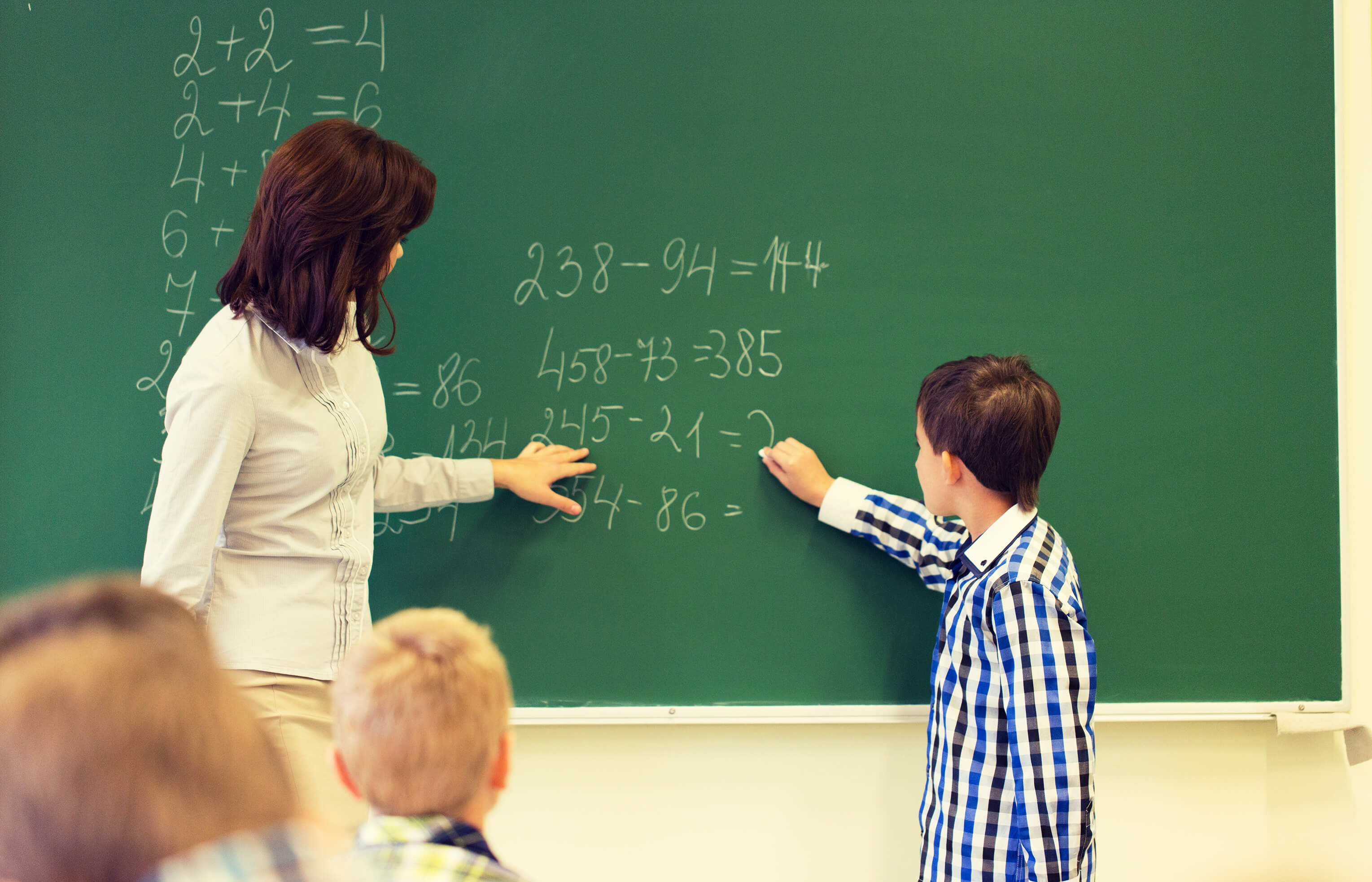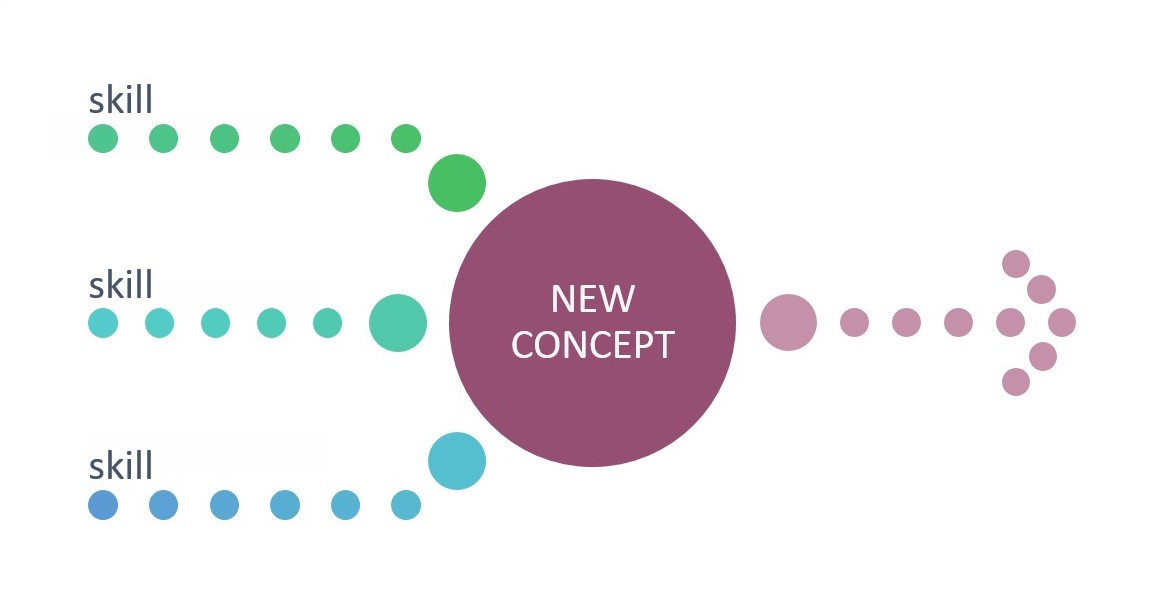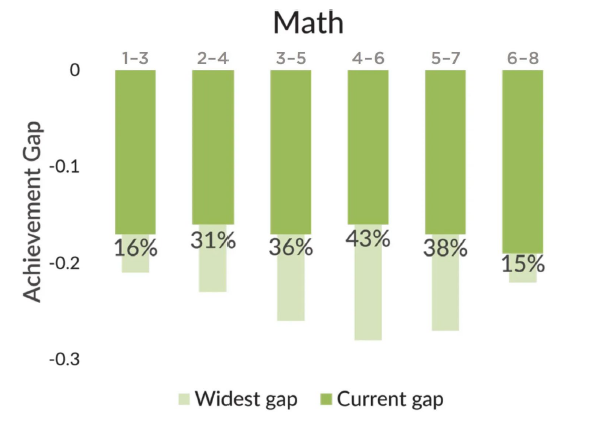
We are officially post-pandemic, post the upset in the traditional education paradigm. While students have returned to traditional school buildings, the approaches to instruction we were accustomed to are no longer enough to ensure success and academic growth for students.
While some growth has been made, there is still room to grow. According to Education Week growth data showed that, “as of this fall, students across the grade span had regained 15 percent to 43 percent (depending on grade level) of their math progress lost since 2019.”
Students’ Academic Skills Are Rebounding, But Not Enough – by Sara D. Sparks
How has this growth happened?
With the help of ESSER funds, schools and districts have been able to purchase programs, products and personnel that have been utilized to close student achievement gaps – often leaning on non-instructional minutes within and outside of the school day to prevent students from missing new grade level instruction. This often has led to taking away time that students would spend socializing, engaging in free play, athletics, hobbies, or spending time with family. Let’s give this time back to students and focus on what we, as teachers, can do within the classroom to accelerate student learning.
We teach to reduce the gap between what students already know and what they still need to learn. (REBOUND Playbook, 2021)
More than likely your approach to daily instruction looks like this: teach new grade-level content, assess student learning of this new content, then provide remediation to students who were not successful.
What impact is this having on your students, and you as a teacher? Students are frustrated as they struggle to learn new content, perform poorly on assessments, and overall lack confidence in their abilities. Teachers, you may feel defeated after planning for effective instruction and not seeing results in student performance, and frustrated after analyzing student data only to discover how much they did not learn. This leads to deficit thinking and a negative mindset for both students and teachers.
When an educator follows the most common approach to daily instruction, students often receive remediation after they have learned new content, ‘just-in-case’ they need it moving forward. This instruction is no longer relevant to students as they are not able to directly apply what they are learning.
Additionally, this instructional method places a higher focus on remediation through the lens of Tier 2 and Tier 3 instruction. In contrast, accelerating student learning can reduce the need for remediation and strengthen Tier 1 core instruction.
What does it mean to accelerate student learning?
For students to be successful learning new content, we must determine what prerequisite skills students already have, and what skills they will need to learn as directly connected to new learning. This will provide students with the foundational skills they need when they need them. This approach shifts from ‘just-in-case’ to ‘just-in-time’ and therefore, results in positive outcomes.

The instructional approach must shift to assess, remediate, teach. Use assessment data to determine what students do know and need to know as directly connected to prerequisite skills of new grade-level content. Then, provide instruction specific to those prerequisite skills to build a foundation for students. The result? Students apply the prerequisite skills learned, ‘just-in-time’, to the new grade-level content confidently and successfully.
How do you shift instruction to accelerate student learning?
- Determine prerequisite skills directly related to new content. Start with the standards of focus within a unit of instruction. Identify the concepts that students are learning from the standards, and what the foundational skills students need to be able to learn those concepts.
- Assess student knowledge of the prerequisite skills to determine which skills students have and which skills they need to learn.
- Provide instruction specific to students’ need of prerequisite skills. This can be done via small group or whole group instruction.
Once the areas of curriculum have been identified and educators know what students already know, deliberate instruction can move learning forward. (REBOUND Playbook, 2021)
What's the Big Idea?
Shifting from ‘just-in-case’ remediation to ‘just-in-time’ instruction will accelerate student learning. Building student’s background knowledge with prerequisite skills, when they need them, will result in successful learning of new grade-level content. Turning frustrations to successes for both teachers and students will ultimately result in greater achievement. Accelerating student learning strengthens Tier 1 core instruction, therefore reducing the need for Tier 2 and Tier 3 remediation.
How can you make this shift from remediation to accelerating leaning, from ‘just-in-case’ to ‘just-in-time’ instruction? Look for components in your current program that will support this shift or check out how our NEW Math & YOU K-5 program supports accelerating student learning.


